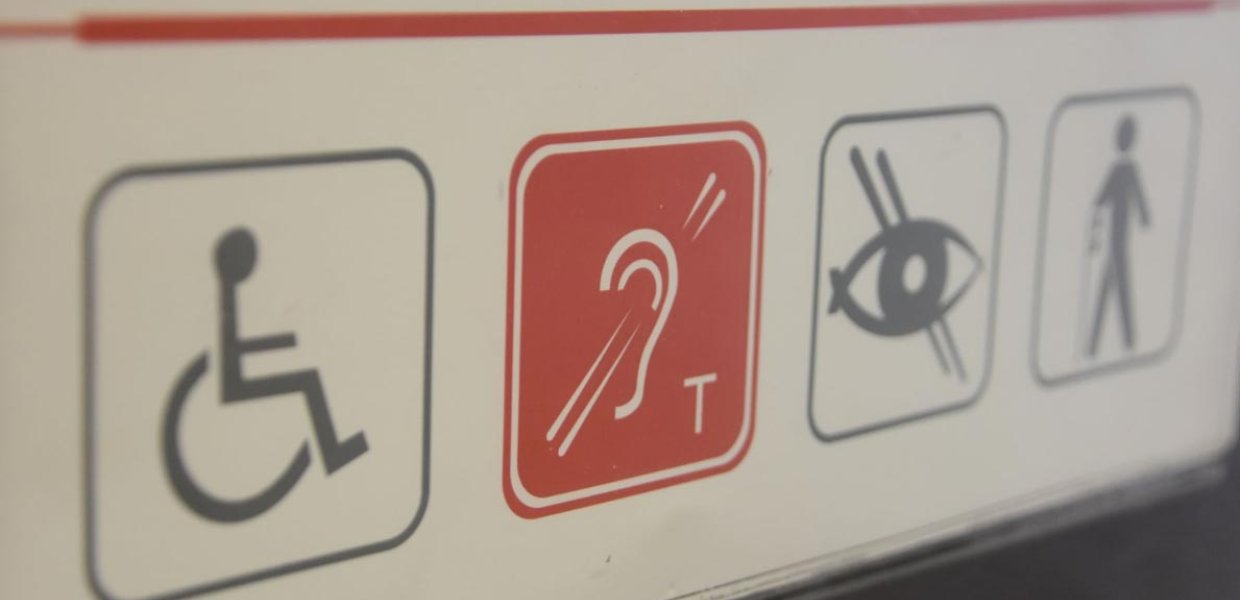The word inclusion has been part of academia and the business world for several years now. But what does inclusion look like for differently-abled individuals? We have many gifts and talents to offer to the world and society. However, society’s ignorance often squelches those gifts and talents. Sure, there are laws prohibiting the discrimination of differently-abled individuals, such as the ADA (the Americans with Disabilities Act of 1990), which allowed us things like curb cutouts and access to public buildings, and the Air Carrier Access Act of 1968, which prevents the discrimination of differently-abled individuals by air carriers (thus providing us appropriate access to airplanes). Then there is the Individuals with Disabilities Education Act (IDEA), which provides free and public education to public school students in the United States, tailored to their needs. These laws are meant to provide equal access for differently-abled individuals in every facet of society in the United States. Although these measures are well-intentioned, they fail to consider the social and emotional barriers faced by differently-abled individuals, which often are more complicated than physical access due to the microaggressions we face every day.
For example, in my own experience, although the IDEA gave me the protection to go to public school, I was not given the most appropriate education. Unfortunately, that is the reality of our situation. It does not get easier with higher education; it gets more challenging because we are not protected under the same laws as we were in the public education system.
The struggle we face in higher education most of the time is that most professors have never dealt with a differently-abled person before, especially in the physical context. And sometimes, the comments they make and the actions they take, although well-intentioned, can be very harmful to the student; sometimes, their actions can be considered straight-up rude or insensitive. For instance, I had one TA complain to the professor about putting my computer away in my bag for me. My designated assistant was out for just this one day, and the TA complained! Although it isn’t in his job description to physically help me out, I also believe that just putting somebody’s computer away once will not affect his life significantly — why not just do it?! It’s not about accommodations at that point; it’s about human compassion.
I also believe that a single methodology for how to accommodate differently-abled students’ needs to be implemented at least nationwide because right now, how I see it, the laws are very vague.
For example, differently-abled students are forced to go through an overly complicated process to receive classroom accommodations like having a notetaker or adjusting seating or lighting arrangements. It can take weeks, and the semester may have already started. Streamlining the notification process to the professor regarding one’s disability would be extremely helpful, and having a basic guideline of what all universities, private and state, must offer in terms of accommodations would be extremely helpful because the most challenging part about requesting and receiving accommodations is that every school offers different ones. Maybe this law could be called “the differently-abled individuals’ success in higher education act.”
Another perspective on inclusion is looking at the larger picture of society. People, in general, do not view us as equal members. You are labeled as different when you’re diagnosed with a disability. Yes, there are terminologies to make us more humanized. But all of us labeled as disabled are automatically marked as different. Disability and disadvantage start with the same first syllable. We are automatically put in a negative light by people, intentionally or unintentionally, making us vulnerable. As I always like to say, I believe that society is the one that is disabling us, not us.
Society needs to rethink how we label because we are not disabled but living in a disabling world. I understand accommodating us is not easy, especially in higher education institutions, and frequently, I often feel the total weight of my presence in every room I sit in. But you must understand, I got there because I’m intelligent and capable of being there, just like anyone else. Because for people with disabilities or differently-abled individuals to thrive in a world that is not accessible the majority of the time, you need to be comfortable with being uncomfortable because that’s the only way we will succeed in this fight.
We, as the disabled community, cannot fight this stigma alone.
Some people don’t like the word disabled — I don’t like it — but it is the true label put on us when we are different from the norm. I cannot change how I live my life, but I wish society could change how they look at me. In my favorite movie, “Wonder,” Mandy Patinkin, who plays the principal, says to the main character, “Augie cannot change the way he looks. Maybe we can change the way we see.” That is true because you are who you are, and you can’t change who you are because we are all different.
But the things that make us different are what make us unique. Let’s live in a world that has no boundaries. Differently-abled individuals are not going away. So let’s embrace that we’re all different, but we are one human race. Let’s get together to change the perception of differently-abled individuals because enough is enough.
The road ahead for inclusion is not an easy one, but it is a road we must take.
